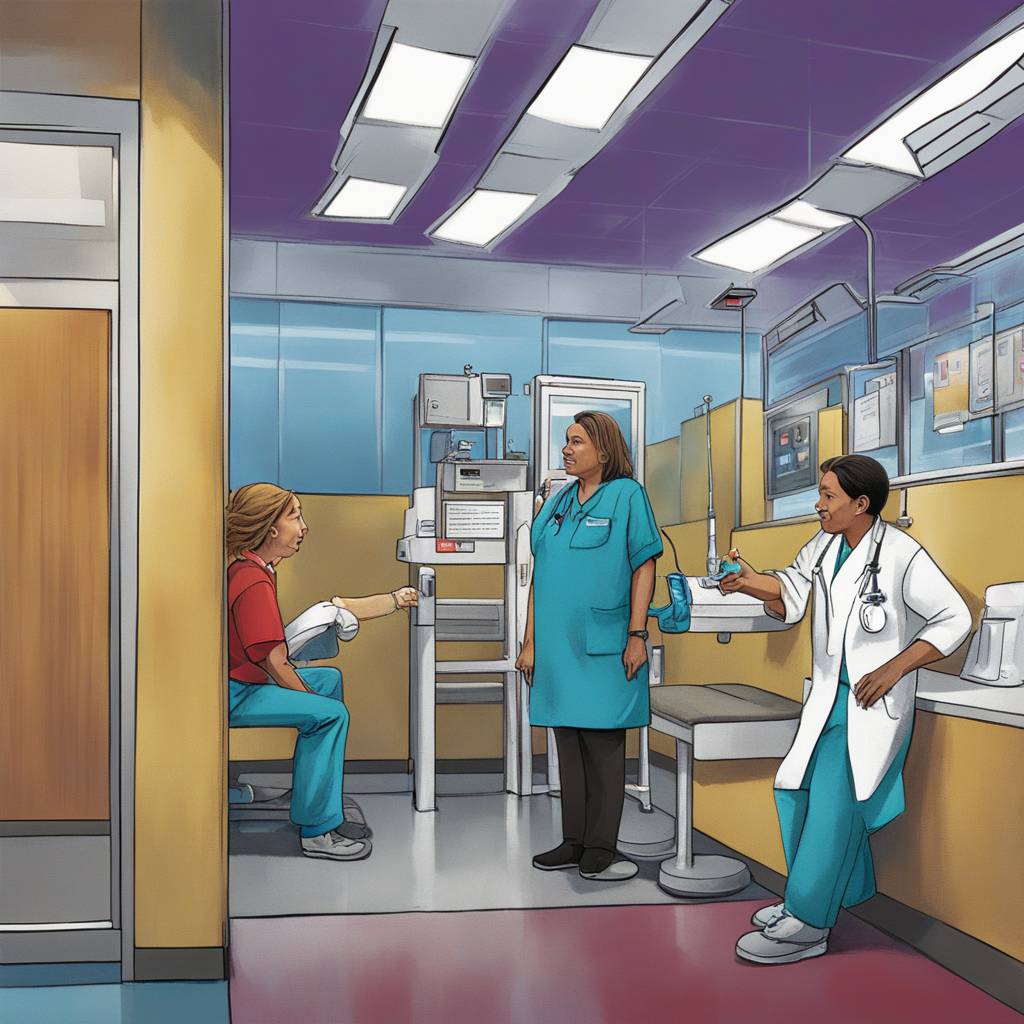The study, led by UC San Francisco, found that simply asking patients who visit emergency departments if they would be interested in receiving the flu vaccine, along with providing informative video and print materials, resulted in a significant increase in vaccination rates. Researchers observed a 32% vaccine uptake in patients who were asked about getting the flu shot and were informed that their health providers would be notified. This number increased to 41% for patients who were also given a pamphlet, watched a three-minute video featuring a physician with a similar ethnic background discussing the vaccine, and were educated about the benefits of the vaccine. The study was published on March 26, 2024 in NEJM Evidence.
Flu can be a fatal illness, leading to thousands of deaths annually in the United States, particularly when combined with pneumonia. Vaccination rates are particularly low among underserved populations and individuals who receive their primary care in emergency departments. Addressing these disparities, the researchers aimed to increase vaccine uptake among such populations through a systematic approach. This approach could potentially help more underserved individuals receive the flu vaccine, especially those whose primary healthcare occurs in emergency departments. The primary author of the study, Dr. Robert M. Rodriguez, emphasized the importance of addressing health disparities, especially among homeless persons, the uninsured, and immigrant populations.
The study included nearly 800 patients in five cities across the United States. The participants had a median age of 46, with over half being Black or Latino, 16% lacking health insurance, nearly a third having no primary care provider, and 9% being homeless or living in inadequate housing. The researchers assessed the effectiveness of flu vaccine messaging, including a brief video, flyer, and a scripted question from healthcare providers, “Would you be willing to accept the influenza vaccine?” The study was conducted over a single flu season from October 2022 to February 2023. The demographic characteristics of the participants were similar to those of patient populations served by urban emergency departments.
Dr. Rodriguez highlighted that the study contributes to the existing knowledge demonstrating the effectiveness of delivering public health interventions to underserved populations in emergency departments. Similar to previous research on COVID-19 vaccine messaging in emergency departments, the findings of this study suggest that simple interventions, such as asking patients about receiving the flu vaccine and providing education materials, can significantly increase vaccination rates among underserved populations. By addressing the barriers to vaccine uptake in emergency department settings, healthcare providers can help prevent the spread of infectious diseases and reduce the burden of illness in vulnerable populations.













